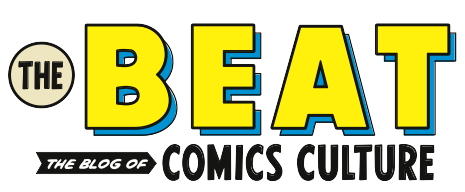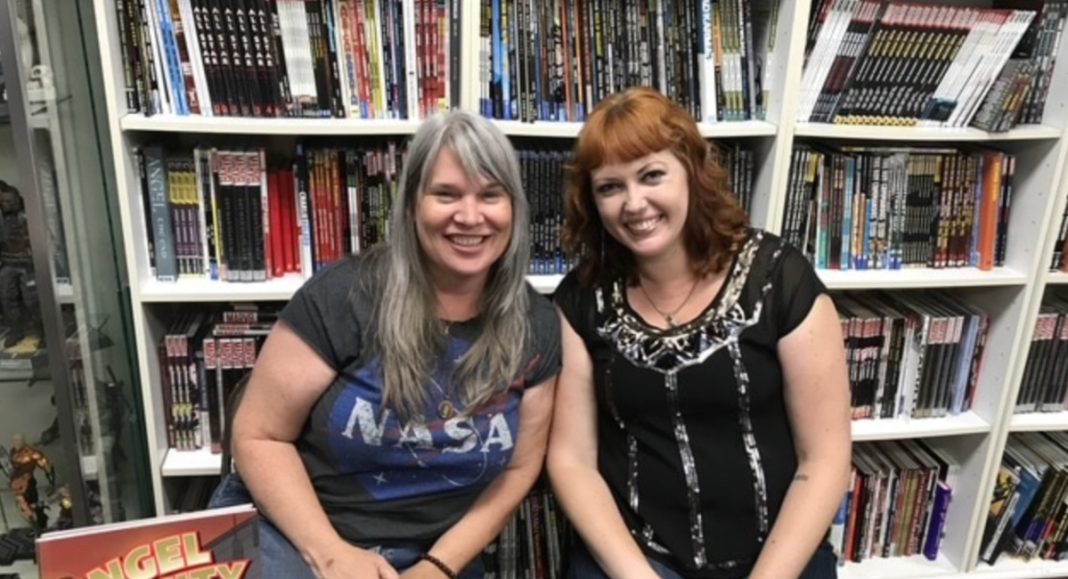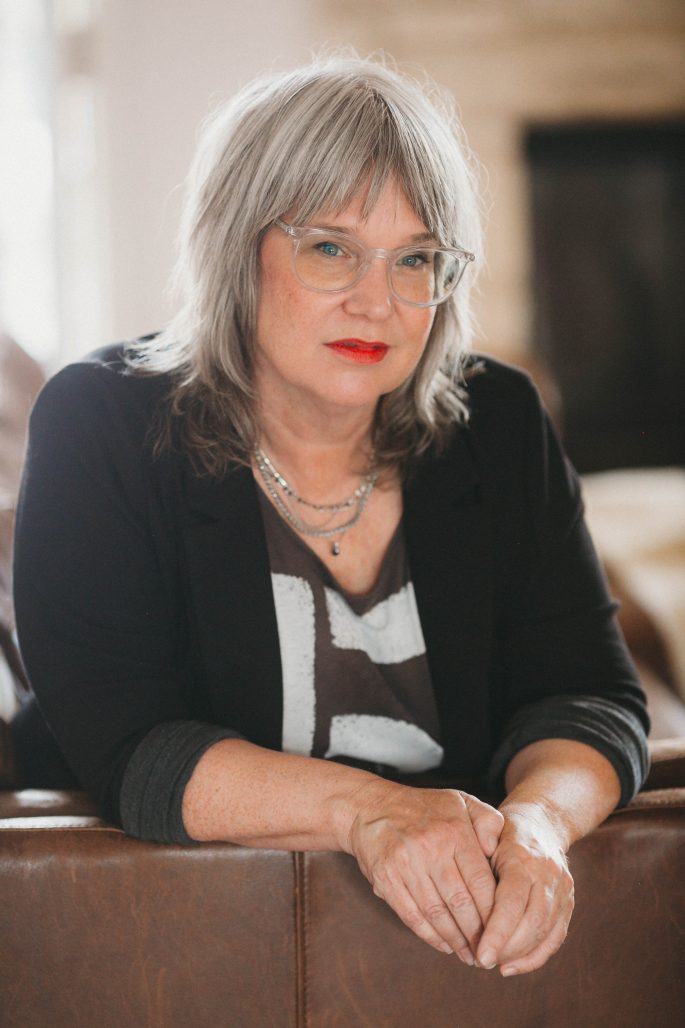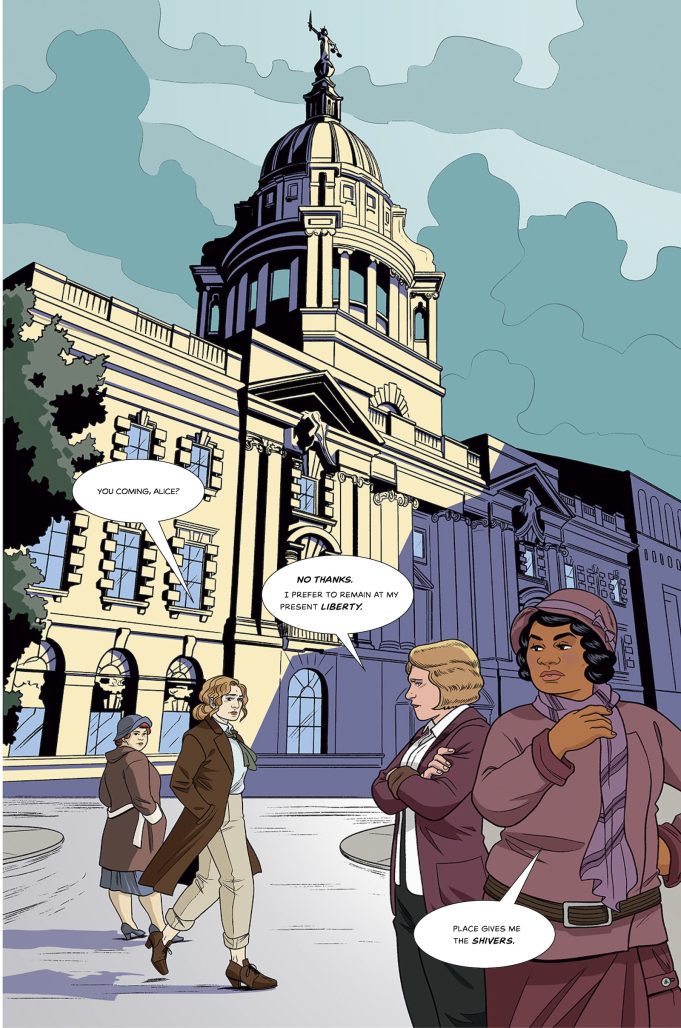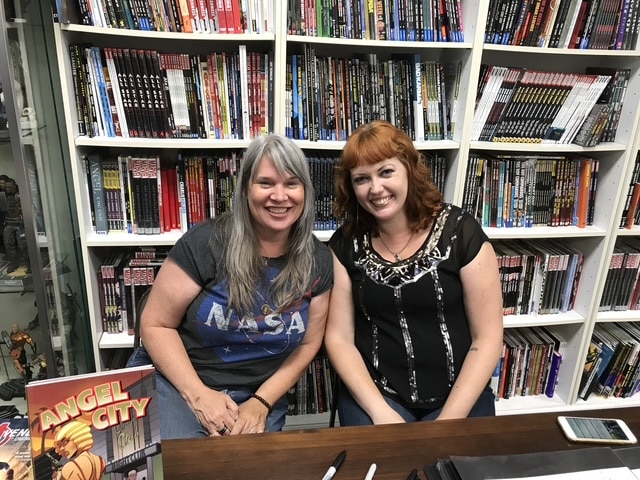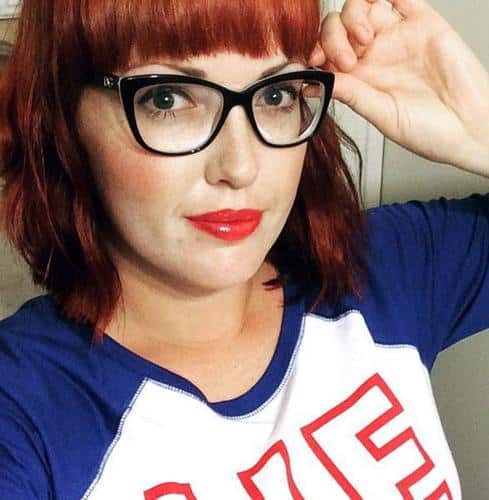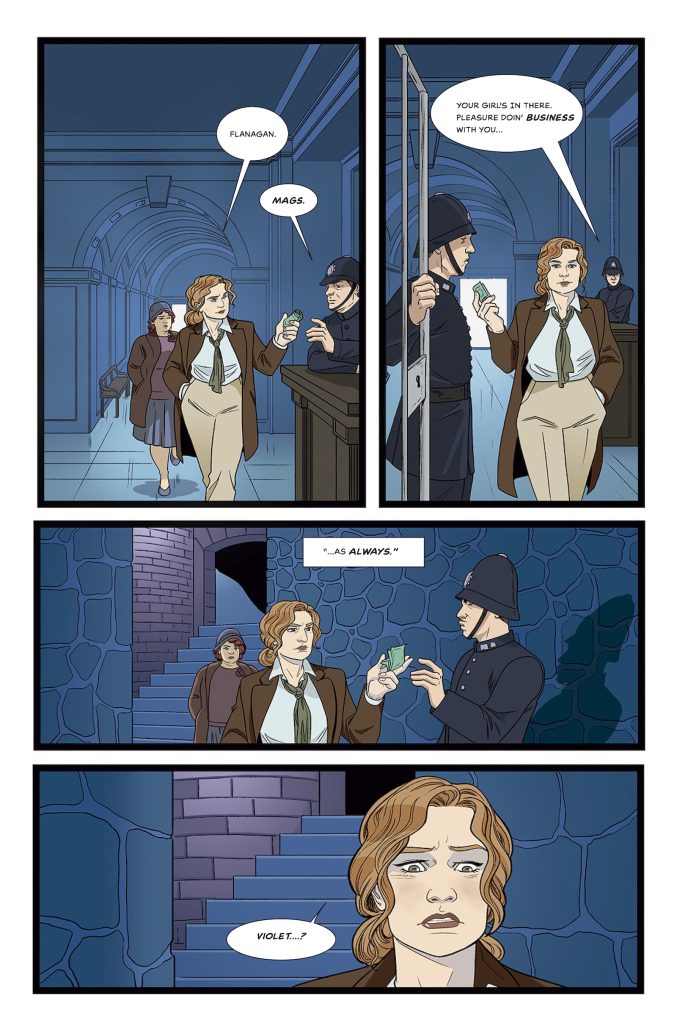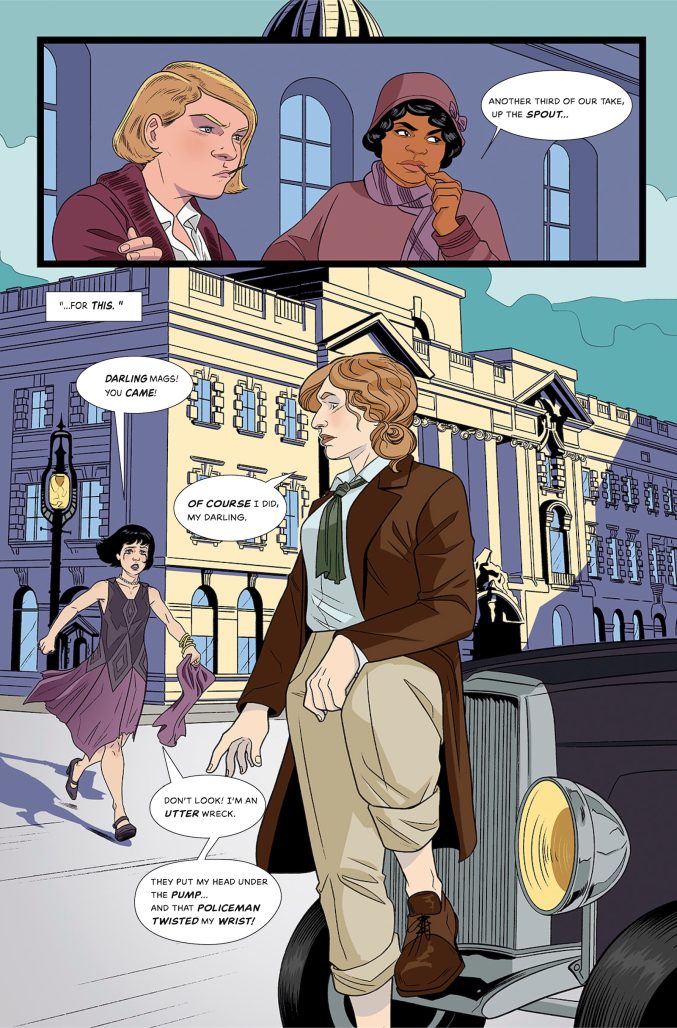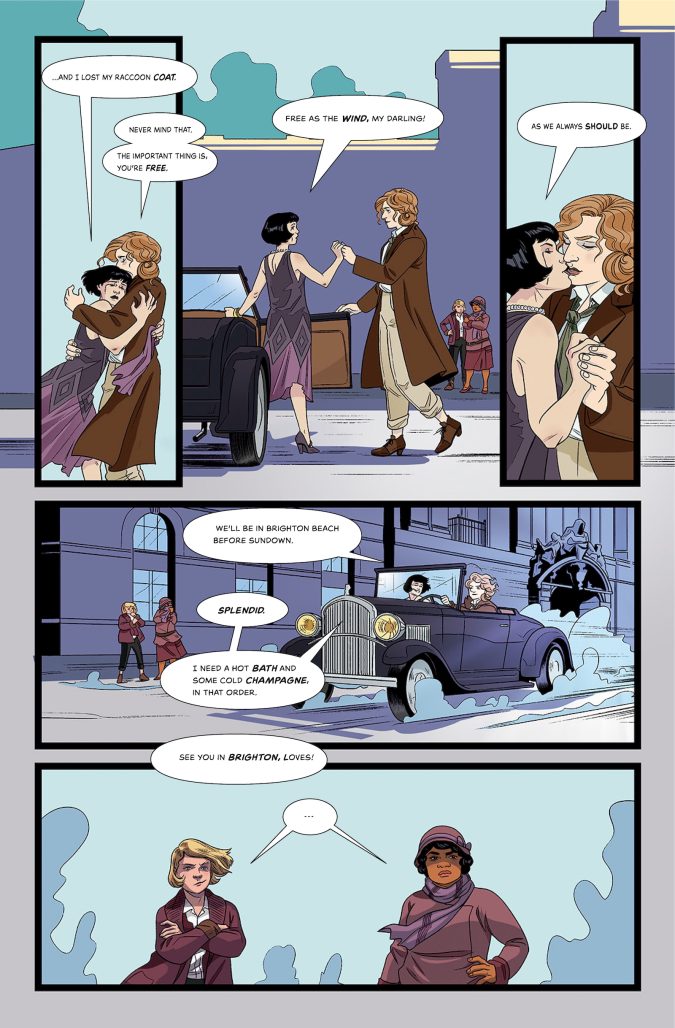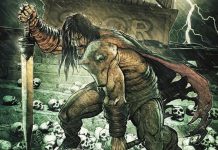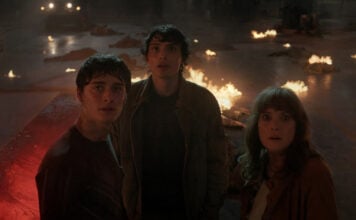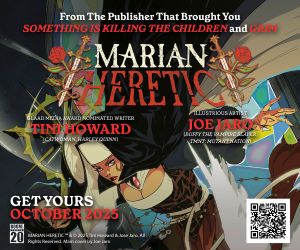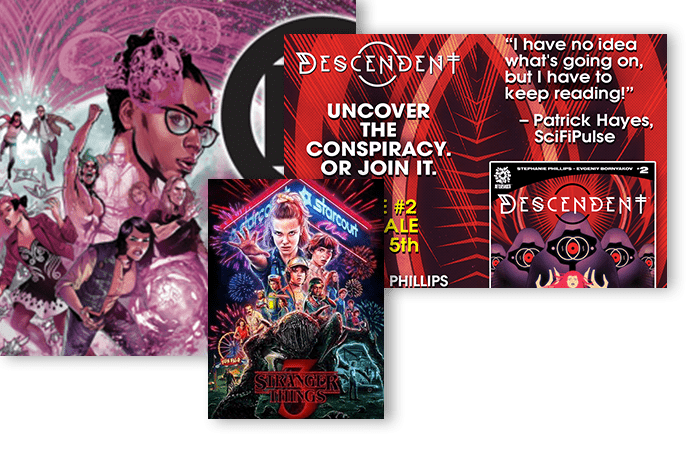Janet Harvey and I were co-workers way back in the day, and I took advantage of that to talk to her about her currently running (funded and almost done!) Kickstarter to create High Street Hellcats with Megan Levens. High Street Hellcats is an original graphic novel about a 1920s girl gang of thieves and grifters, and I’ve already backed it myself, because it looks like a lot of fun!
Check out The Beat‘s interview with Harvey below!
JOHANNA DRAPER CARLSON: So, Janet, it’s been quite a few minutes since we had offices next to each other at DC Comics. What have you been up to lately?
JANET HARVEY: Haha! Wow, I feel like I’ve lived a few lifetimes since then. After moving to LA to pursue screenwriting and directing, I moved to Austin for my first job in games, as a writer for the DC Universe Online MMORPG, back in 2009. That’s where I met my husband, and I never left!
But no matter what else I was working on, comics have always been a great love in my life, and I always seem to be drawn back to them. I’m really excited to be working with Megan Levens again on our newest project, High Street Hellcats!
DRAPER CARLSON: I saw that! It looks amazing. You and Megan previously worked on Angel City, another comic featuring a tough gal in a historical setting. Why that type of story? What draws you to those characters and settings?
HARVEY: You know, my dad was a history buff, and I guess the love of history just rubbed off on me. I find history fascinating, and reading about it has always sparked ideas for stories for me. I get excited about a story, and I need to tell everyone about it, especially if it is about women whose history has been kind of glossed over.
I heard about this multi-generational girl gang called the 40 Elephants, and like a lot of people, I immediately was intrigued and wanted to know their story. Telling stories about these women is a way to connect with them, and reach back into the past and say “yes, they were here and their story is worth telling.”
Also, I really just love tough women and crime, apparently.
DRAPER CARLSON: How much research do you do, and how do you go about it?
HARVEY: I’m the kind of person who, once I get interested in a subject, I will sort of follow an idea down a rabbit hole and see where it leads. In this case, it led to some antique books about highwaymen from the 1700s, some maps of ancient Roman waterways under London, and buying a non-alcoholic G&T at the bar across from the Old Bailey so I could see the underground passages they used to transport prisoners from Newgate prison hundreds of years ago!
For Hellcats, there’s a lot of information about the period and the place that I needed to delve into – what did Harrod’s look like, for example, and what was South London like in the 1920s? I took a trip to London and did a lot of research on the ground while I was there, but I also read widely and deeply on the gang and the period — and as Megan knows, I collect a lot of photo reference, both for historical reference and for the “look and feel” of the story.
For this story, I wanted to reference not only the gang, but the bohemians of the time period — variety hall culture and the “Bright Young Things”. Fictionalizing the gang is freeing in that sense — we can imagine what these women’s lives are like in the context of their time, but still make it feel contemporary. Everybody doesn’t need to be walking around going “oy, guvna, what a toff” like they’re in Oliver Twist.
DRAPER CARLSON: I’m jealous of your excuse to visit London! Obviously you and Megan work well together, or I imagine you wouldn’t be doing it again. How did you come to work together?
HARVEY: Initially, we were put together by our editor, Ari Yarwood, on Angel City, and we just hit it off and worked really well together as creative partners! At this point, we’ve teamed up on six issues of Angel City, a Wonder Woman story, a story for the Geiger Universe featuring Bonnie Borden, and a couple of other pitches and scripts that haven’t seen the light of day (yet!). I mostly feel fortunate that she lets me sit at her con table, and she isn’t sick of me by now!
Megan is a great talent, her storytelling is amazing, and she also has a love of historical detail, particularly costuming. She’s the perfect collaborator for something like this. There was never any doubt in my mind that Hellcats was a Harvey/Levens joint from the beginning.
DRAPER CARLSON: What’s your working style with her as an artist?
HARVEY: We have a lot of trust with each other — we’ll spend some time going back and forth on character designs, but once we have those set, I don’t give her a lot of direction. Her instincts are always great.
When we were on issue three or four of Angel City, I was writing in shorthand for the character she was drawing. We were so locked in, it was like I’d write a panel description like “Dolores walks out the door looking straight ahead. NO COPY” and I just knew that whatever Megan drew, it would carry the emotional weight of the scene.
DRAPER CARLSON: What do you most appreciate about her work?
HARVEY: Most of all, she has this innate sense of drama and expressiveness in the characters she draws. It’s like working with a great actor. Her characters are distinctive and alive, and their emotions really draw you in. She can make a character feel completely unhinged or deeply vulnerable, and you believe it. And she makes it look effortless! But it’s the hardest thing to do.
DRAPER CARLSON: Comics have changed a lot in the eight years since Angel City came out. Your Kickstarter page says you tried to go the traditional publishing route but ended up crowdfunding. Can you talk more about that? Is there a general reticence among publishers to try something new, or different, or inclusive?
HARVEY: I don’t think they are reticent to do something inclusive or different, per se. I think the will is there, but there has definitely been a contraction in the traditional publishing world since we started going out with this project. And this project falls between the cracks a bit — it’s for grown-ups, but it doesn’t fit neatly into marketing categories.
Honestly, I think if we had pitched it three years ago, it would have gotten snapped up. But even editors who were enthusiastic about the project were like “oh! We love it! We can’t wait to read it! But we can’t acquire it.” That indicates to me that the problem isn’t the book, it’s the market.
DRAPER CARLSON: The Kickstarter has been a journey. How is that to live through? What advice do you have for others?
HARVEY: Hahaha. Yeah… it has definitely been a journey. Honestly, it has been a nail-biter! I’ve had some incredible moments of elation, but also some dark nights of the soul where I wondered if we were going to meet our goals. The response and the outpouring of support from the comics community has been truly incredible. I do really feel like we kinda did a whole “hey kids, let’s put on a show in a barn!” thing, and people were like “yes! We are with you! Let’s put on a show!” People have really shown up for us, and it’s touching and humbling.
In the midst of so much helplessness, uncertainty and stress in the last few months, this Kickstarter has become a wonderful, soul-healing experience for me. It’s great to feel like we have some agency and connection with the larger comics community.
My advice to anyone doing a Kickstarter? Do a 30-day Kickstarter, and use the preview page beforehand to promote it. Seriously. They’ve optimized that shit. Don’t do 60 days. It is not worth it! Also, if you can possibly avoid launching your Kickstarter right when a tiny-handed tyrant decides to wreak havoc on trade and democracy, do that.
DRAPER CARLSON: LOL, great advice. What draws you (heh) to writing comics instead of other types of media?
HARVEY: What a juicy question! I love writing comics for many reasons — I love visual storytelling, especially — but if I were to pick one reason I’m drawn to it, it’s because you have a lot of freedom in comics. You can take big risks.
In movies (and AAA games), everything has to be run past a committee, and budgets run into the tens and hundreds of millions. It’s a very risk-averse medium. Whereas comics are more independent. You can always write and draw a comic yourself, and copy it and staple it (or put it on a website). A comic can be the work of a singular voice and vision, in a way that other media really isn’t anymore. A wild imaginative story like Alan Moore’s Swamp Thing or Preacher would never get greenlit as a movie. You can’t be like “hey, in this episode, a woman has sex with a plant.” But in comics it’s like, “cool!”
DRAPER CARLSON: That’s a great point, and you’ve captured the appeal of comics well. Best of luck with those Kickstarter stretch goals, and thank you for your time!
